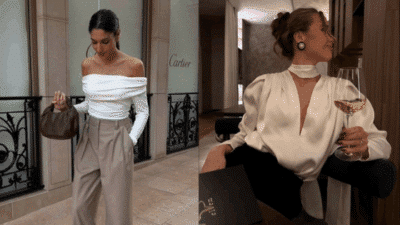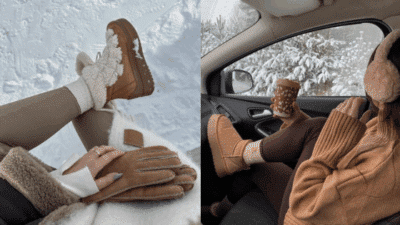Fashion choices can significantly impact how others perceive you and how confident you feel throughout your day. Many people unknowingly make simple style missteps that can undermine their overall appearance, from wearing poorly fitted clothing to mixing incompatible patterns or neglecting basic grooming details.
Learning to identify and avoid common fashion mistakes will help you build a more polished wardrobe that reflects your personal style while always looking put-together. These errors often involve issues with fit, color coordination, accessory choices, and understanding which trends work for your lifestyle and body type.
1) Wearing clothes that don’t fit properly


Ill-fitting clothes are the quickest way to make your outfit look unprofessional. When garments are too tight, too loose, or the wrong length, they distort your natural silhouette.
Clothes that are too tight create unflattering bulges and restrict your movement. You’ll feel uncomfortable throughout the day, and the strain on seams can make even expensive pieces look cheap.
Oversized clothing has the opposite problem. Baggy shirts and loose pants can make you appear shapeless and hide your best features.
The wrong length is equally problematic. Pants that drag on the ground or sleeves that cover your hands look sloppy and unfinished.
Proper fit enhances your body’s natural proportions. Well-fitted clothes skim your body without being restrictive, creating clean lines that look polished and intentional.
Getting your clothes tailored makes a significant difference. Even basic alterations like hemming pants or taking in a waist can transform how an outfit looks on you.
2) Over-accessorizing your outfit
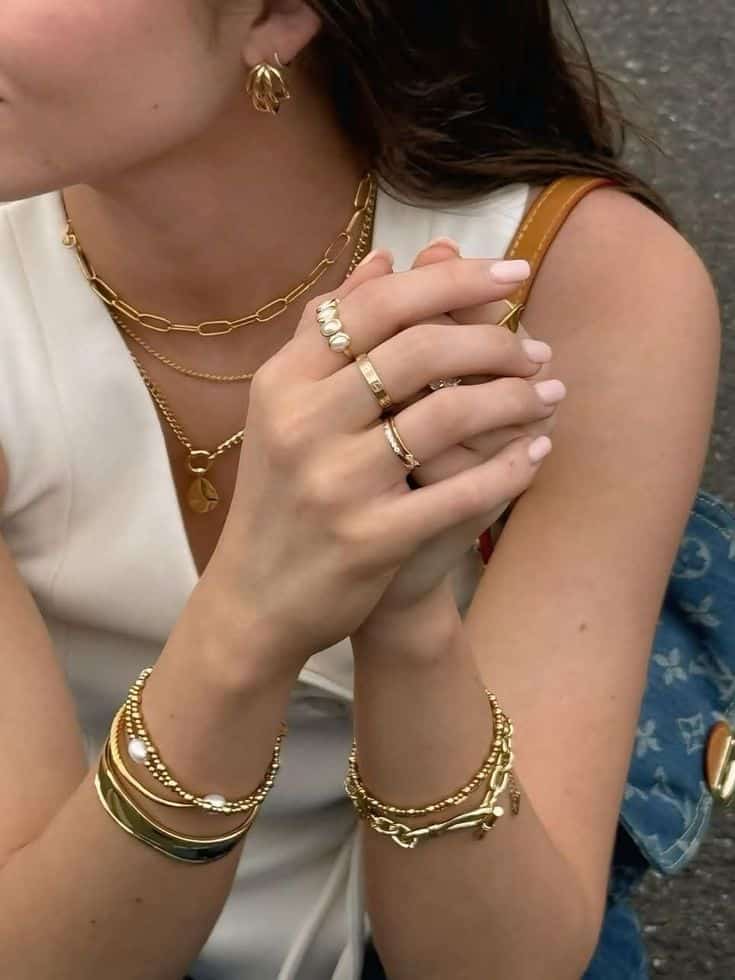
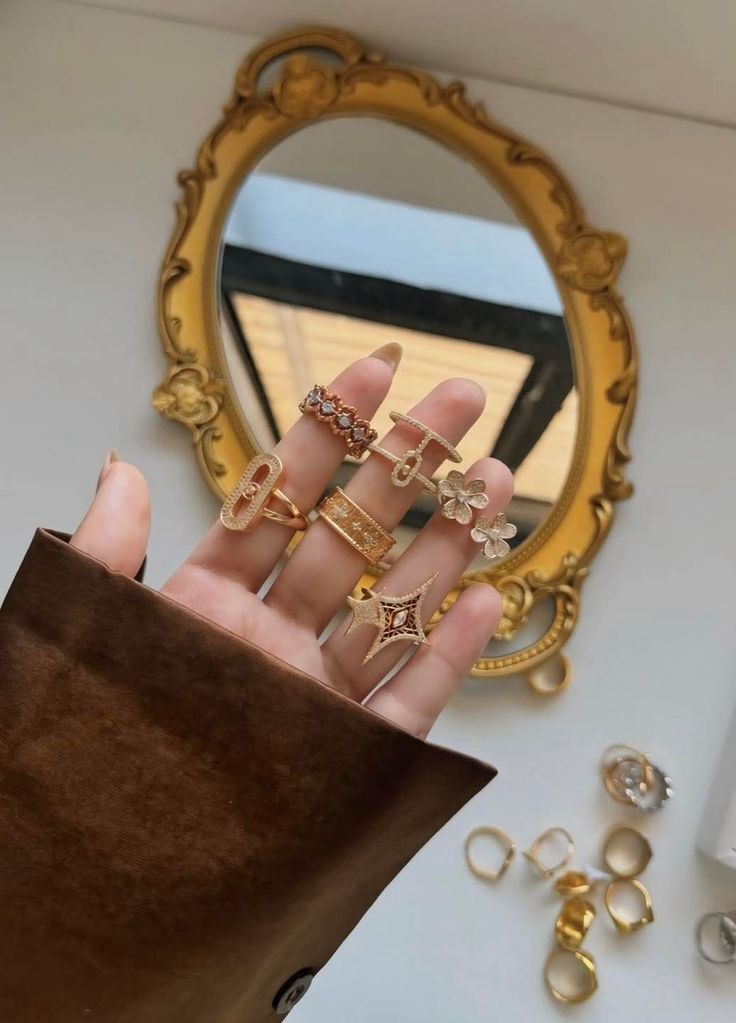
You might think more accessories equal better style, but this approach often backfires. Piling on statement necklaces, bold earrings, chunky bracelets, and scarves all at once creates visual chaos.
The key is choosing one or two standout pieces per outfit. If you wear dramatic earrings, skip the statement necklace. When sporting a bold scarf, keep other accessories minimal.
Think of accessories as seasoning for your outfit. A little enhances the flavor, but too much overwhelms the dish. Your goal is balance, not maximum coverage.
Consider the occasion too. A casual coffee date calls for different accessory levels than a formal dinner. Match your accessory intensity to the setting.
Start with your outfit’s focal point. Let one accessory shine while others play supporting roles. This creates a polished look that draws attention for the right reasons.
When in doubt, remove one accessory before leaving the house. This simple trick helps you avoid crossing the line from stylish to overdone.
Your accessories should complement each other and your outfit, not compete for attention. Less really can be more when it comes to looking effortlessly chic.
3) Ignoring the importance of good shoes
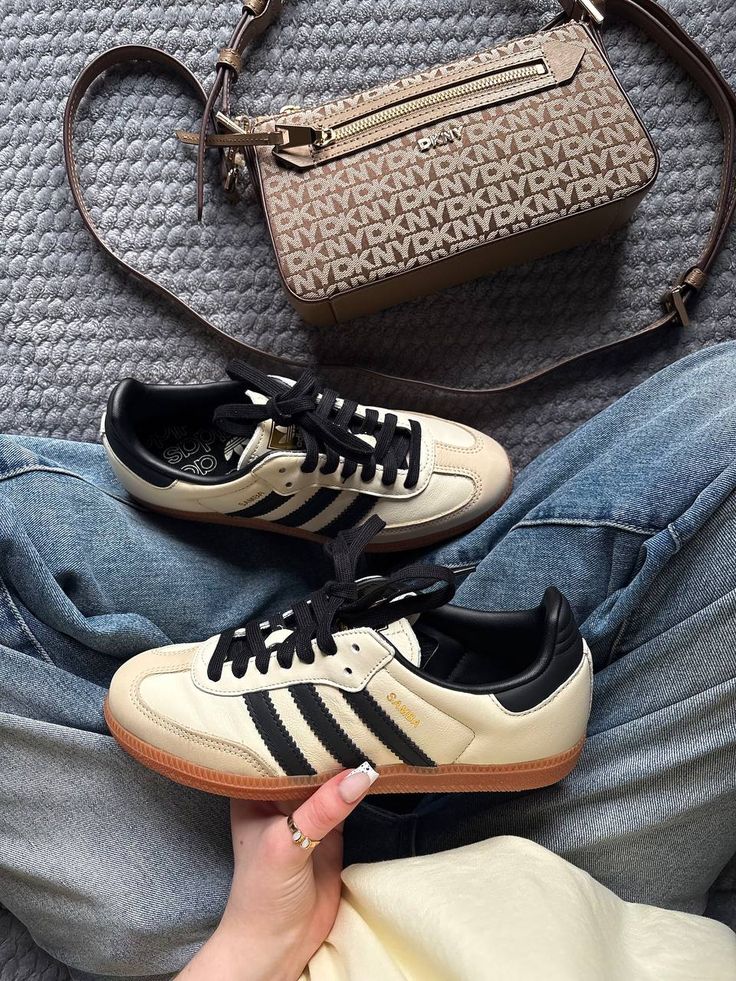

Your shoes can make or break your entire outfit. They’re often the first thing people notice and the last thing they remember.
Worn-out sneakers with a polished business outfit sends mixed signals. Dirty or scuffed shoes instantly downgrade even the most expensive clothing.
Quality shoes don’t have to cost a fortune. Focus on classic styles that work with multiple outfits rather than trendy options that quickly go out of style.
Keep your shoes clean and in good condition. Regular polishing and proper storage extend their lifespan and maintain their appearance.
Choose shoes that complement your outfit and occasion. Athletic shoes work for casual settings, but leather shoes are better for professional environments.
The right shoes provide proper support and comfort for your feet. Ill-fitting shoes affect your posture and confidence throughout the day.
Invest in versatile colors like black, brown, or navy that pair well with most of your wardrobe. These neutral tones offer more styling options than bold colors.
Your footwear choice reflects your attention to detail. Well-chosen shoes demonstrate that you care about your appearance from head to toe.
4) Choosing outdated or ill-fitting outerwear
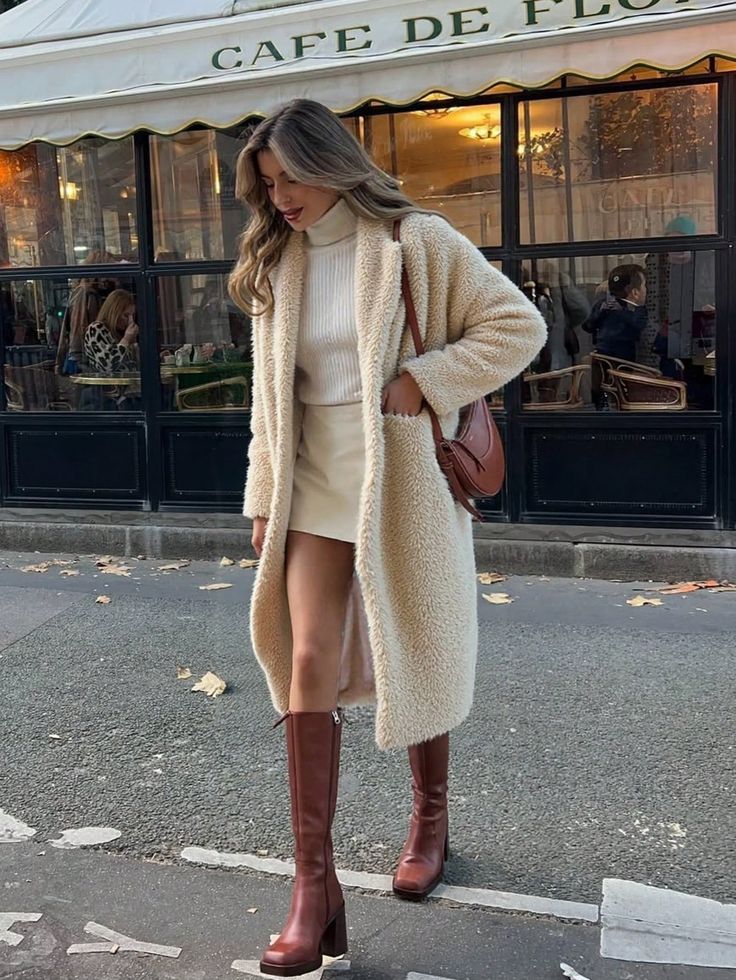

Your outerwear makes the first impression before anyone sees the rest of your outfit. A poorly fitting coat or jacket can instantly undermine your entire look.
Oversized blazers that swallow your frame make you appear smaller than you are. The shoulders should align with your natural shoulder line, not extend beyond it.
Jackets that are too tight restrict movement and create unflattering pulling across the chest and back. You should be able to move your arms comfortably without straining the fabric.
Length matters significantly with outerwear. Coats that hit at awkward spots on your body can make your legs look shorter or your torso appear disproportionate.
Outdated styles like shoulder pads from the 1980s or overly boxy cuts can age your appearance. Classic silhouettes with modern tailoring work better than trendy pieces that quickly go out of style.
Pay attention to sleeve length on jackets and coats. Sleeves that are too long hide your hands, while ones that are too short expose too much wrist and look unfinished.
Choose outerwear that complements your body shape rather than fighting against it.
5) Mixing too many bold patterns
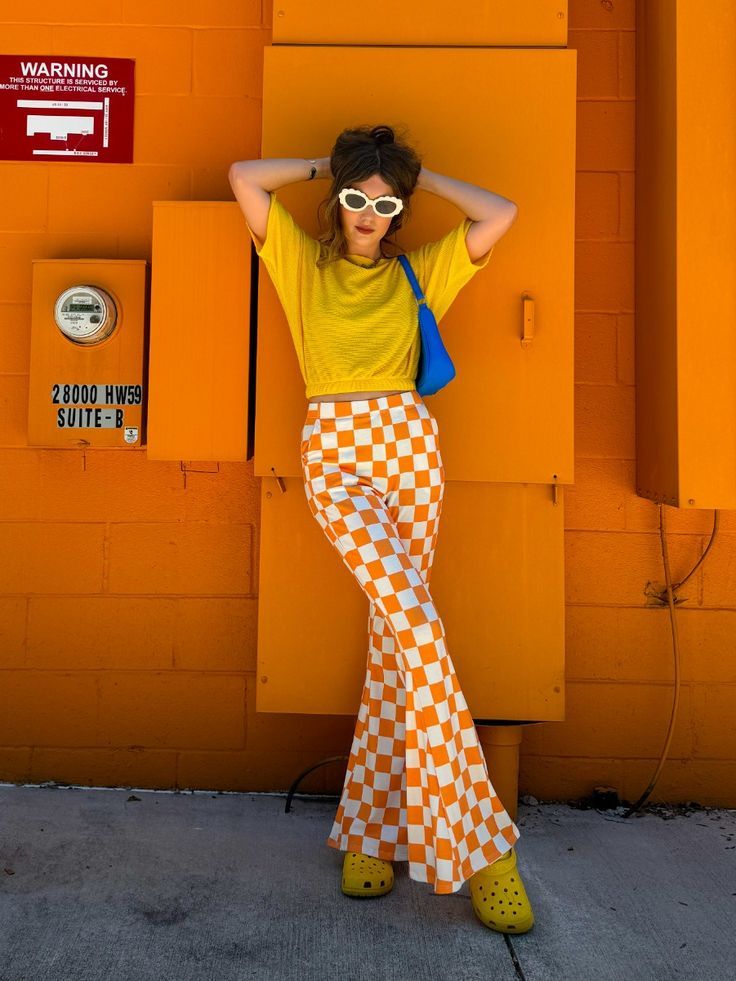
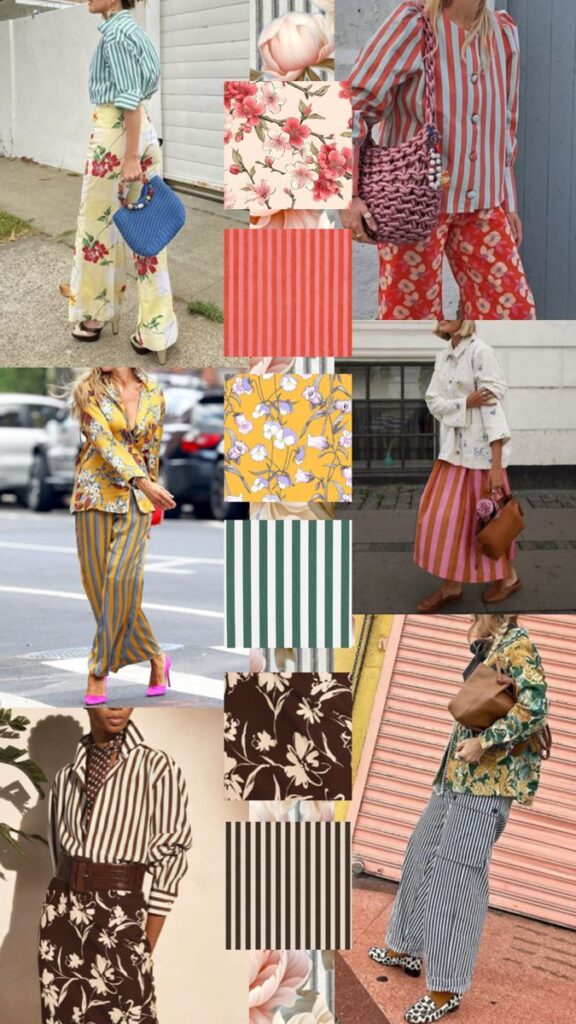
Bold patterns can make a powerful fashion statement. However, combining multiple striking prints creates visual chaos that overwhelms your entire look.
When you wear several loud patterns together, they compete for attention. This makes your outfit appear disorganized and cluttered rather than stylish.
The key is balance. If you love bold prints, choose one as your focal point and pair it with more subtle patterns or solid colors.
Limit yourself to a maximum of two patterns per outfit. This approach maintains visual harmony while still allowing you to express your creative side.
Consider adding solid-colored pieces to break up busy prints. A neutral blazer or solid belt can provide visual breathing room between patterned items.
Think about scale when mixing patterns. Pair a large, bold print with a smaller, quieter design to create interesting contrast without overwhelming chaos.
Your outfit should enhance your natural style, not distract from it. Too many competing patterns shift focus away from you and onto your clothing.
Start small if you’re new to pattern mixing. Practice with one bold piece and one subtle pattern before attempting more complex combinations.
6) Wearing socks with sandals


This combination remains one of fashion’s most debated topics. While some consider it a major style mistake, others embrace it as a personal expression choice.
The key issue isn’t the pairing itself but how you execute it. Poor sock and sandal combinations can create a sloppy, unfashionable appearance that detracts from your overall look.
If you choose to wear this combination, avoid bulky cotton socks with thin-strapped sandals. This creates visual imbalance and emphasizes the awkward contrast.
Match your sock thickness to your sandal style. Thin straps work better with lightweight socks, while chunky sandals can handle thicker options.
Color coordination matters significantly. Random sock colors that clash with your outfit will draw unwanted attention to the combination.
Consider your setting carefully. This pairing works better in casual, relaxed environments rather than formal or professional situations.
Your confidence plays a crucial role in pulling off this look. If you feel uncomfortable or unsure, it will show in your overall appearance and body language.
7) Overdoing fast fashion trends
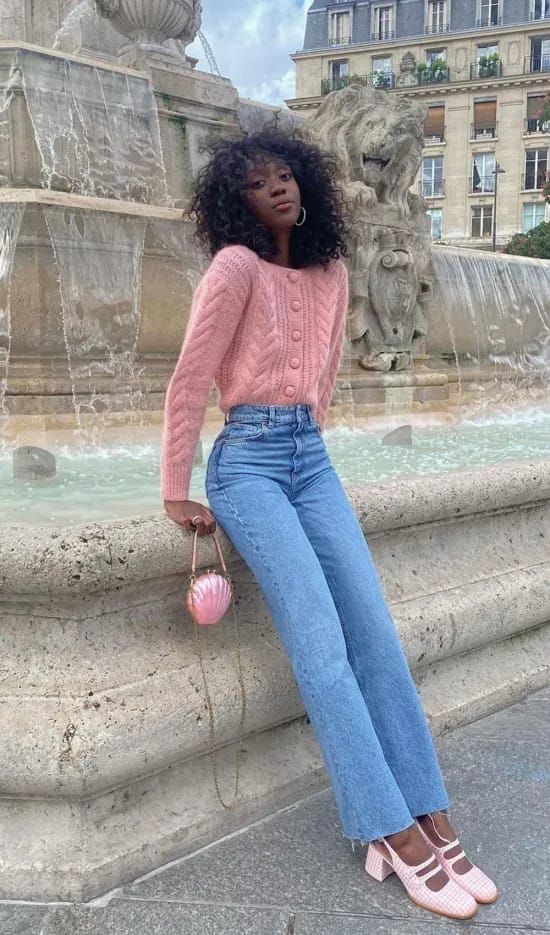

Fast fashion makes trends accessible and affordable. However, wearing too many trendy pieces at once can make your outfit look chaotic and overwhelming.
You don’t need to incorporate every current trend into your wardrobe. Choose one or two trending elements that genuinely appeal to you and fit your personal style.
Mix trendy pieces with timeless staples to create balance. Pair a trendy top with classic jeans, or add a statement accessory to a simple dress.
Quality matters more than quantity when it comes to trend pieces. Instead of buying multiple cheap trendy items, invest in fewer well-made pieces that you’ll actually wear.
Remember that trends come and go quickly. What’s popular today might look outdated in a few months, leaving you with a closet full of unwearable clothes.
Focus on trends that complement your body type and lifestyle. Not every trend will work for everyone, and that’s perfectly fine.
Your personal style should shine through even when you’re experimenting with trends. Use trending pieces to enhance your look, not completely transform it into something that doesn’t feel like you.
8) Neglecting to coordinate colors

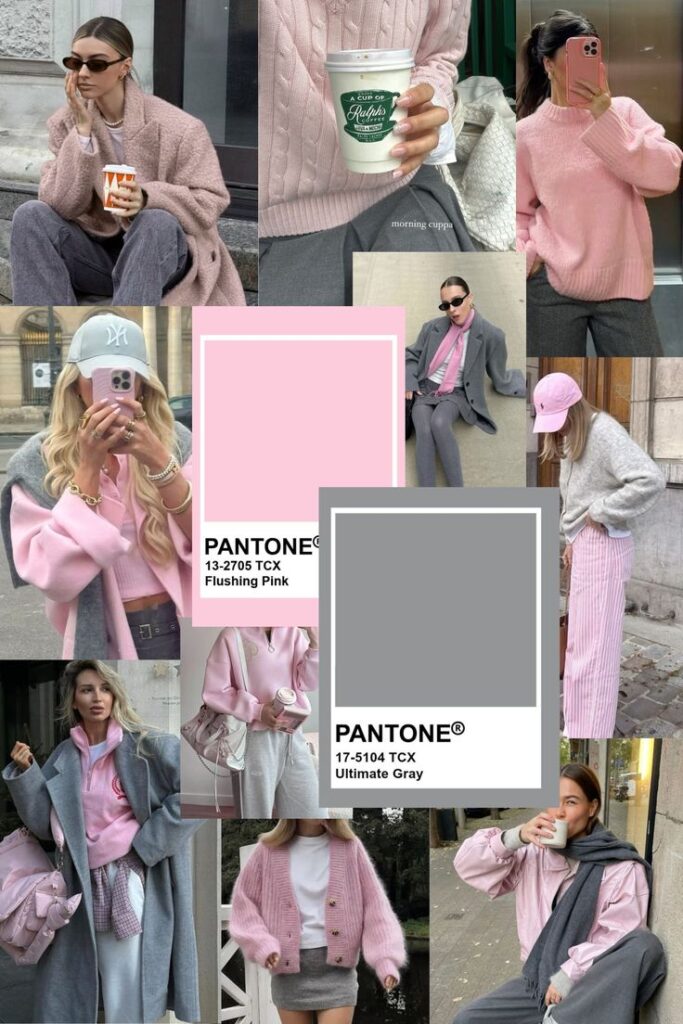
Color coordination can make or break your entire outfit. When colors clash or compete with each other, your look appears chaotic rather than polished.
Many people grab pieces they love individually without considering how they work together. This approach often results in outfits that feel disjointed and unplanned.
Start with a simple color palette of two to three colors maximum. Neutral colors like black, white, gray, and beige serve as excellent foundations that pair well with almost anything.
Learn basic color theory to understand which hues complement each other. Colors opposite on the color wheel create striking contrasts, while adjacent colors offer harmonious blends.
Consider your skin tone when selecting colors. Certain shades will enhance your natural complexion, while others might wash you out or make you appear tired.
Pay attention to undertones in your clothing. Cool undertones pair best with other cool colors, while warm undertones work better with warm shades.
When in doubt, stick to monochromatic looks using different shades of the same color family. This creates visual interest while maintaining a cohesive appearance that looks intentional and sophisticated.
9) Wearing wrinkled or unkempt clothes

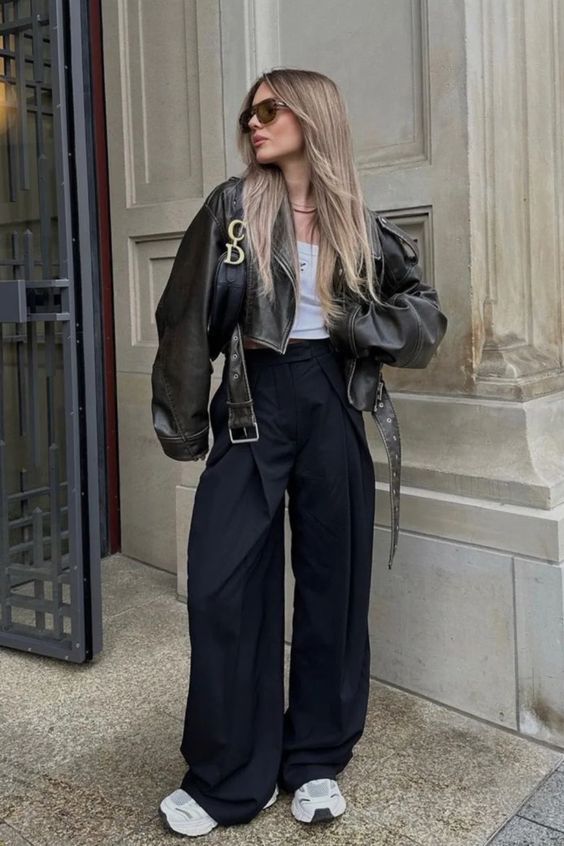
Wrinkled clothing instantly makes you look sloppy and unprofessional. Even expensive garments lose their appeal when they’re creased and disheveled.
Taking five minutes to iron or steam your clothes before wearing them makes a significant difference. This small effort transforms your entire appearance from careless to polished.
Pay attention to fabric care beyond just wrinkles. Check for stains, pilling, faded colors, or missing buttons before getting dressed.
Proper storage helps prevent wrinkles in the first place. Hang items that wrinkle easily and fold knitwear appropriately to maintain their shape.
Your clothing maintenance reflects your attention to detail. Clean, pressed garments show you care about your appearance and respect the people you encounter.
If you’re short on time, focus on the most visible areas. Iron collars, cuffs, and front panels at minimum to create a neat impression.
Regular washing and proper care extend your clothes’ lifespan while keeping them looking fresh. Well-maintained garments always appear more expensive and stylish than neglected ones.
10) Using the wrong undergarments

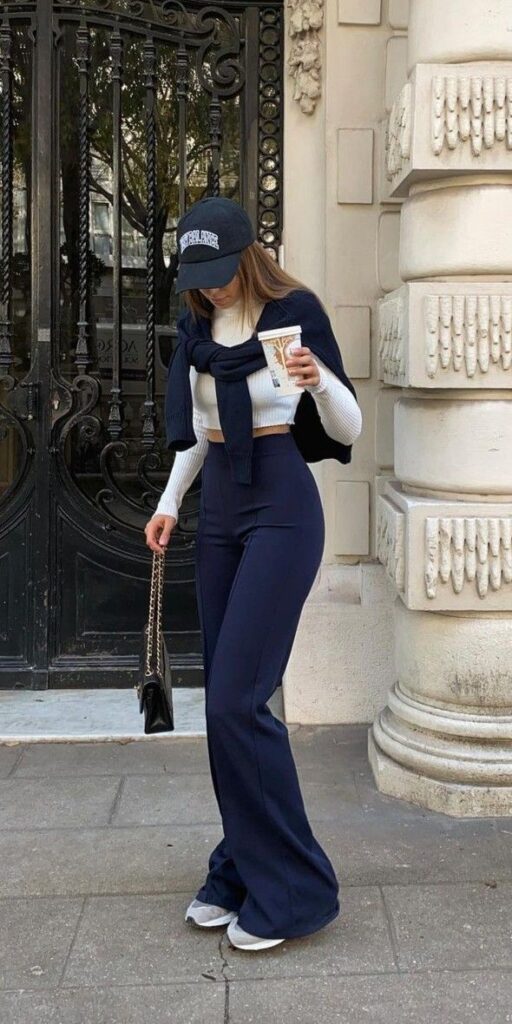
Your foundation garments can make or break your entire outfit. When you wear the wrong undergarments, even the most expensive clothes won’t look their best.
Wearing the wrong bra size is incredibly common. Studies show that about 80% of women wear incorrect bra sizes, which affects your posture and how your clothes fit.
Ill-fitting undergarments create lumps, bumps, and visible lines under your clothing. Your outfits won’t hang properly when your foundation isn’t right.
Different outfits require different undergarment styles. You can’t wear the same bra with every top and expect perfect results.
Visible panty lines ruin the clean silhouette of fitted clothing. Choose seamless options or thongs under tight dresses and pants.
Poor-fitting shapewear can actually make you look worse. It should smooth your silhouette, not create bulges in new places.
Get professionally measured at least once a year. Your size can change due to weight fluctuations, aging, or hormonal changes.
Invest in quality undergarments in neutral colors like nude and black. These versatile shades work under most clothing colors and won’t show through.
Why Fashion Mistakes Matter
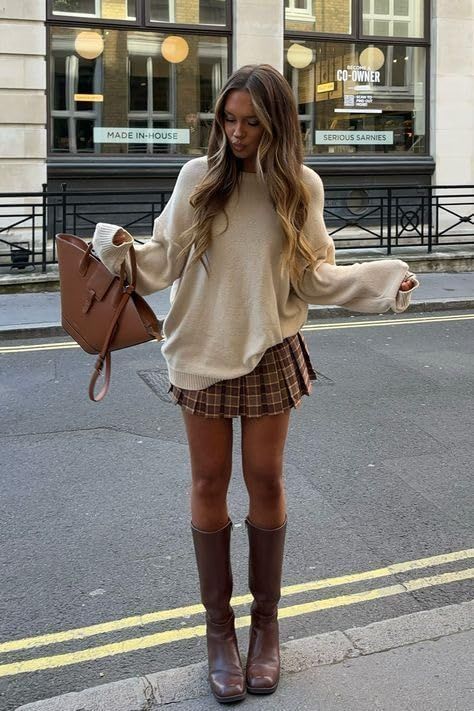
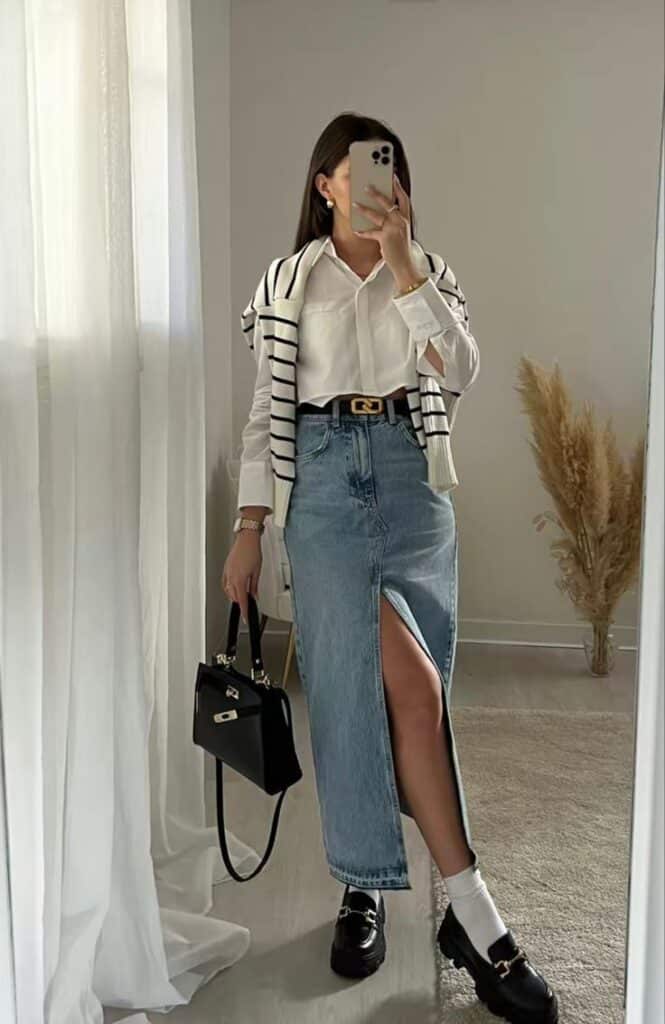
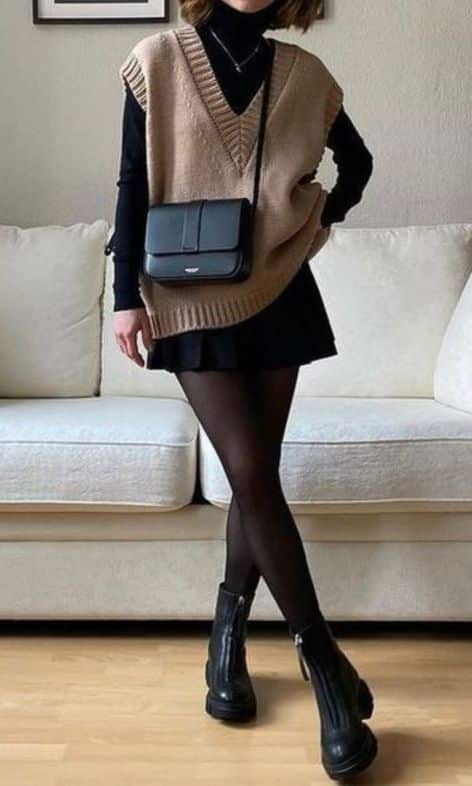
Fashion choices directly influence how others perceive you and shape your own sense of confidence. Poor styling decisions can undermine your personal brand and prevent you from expressing your authentic self effectively.
First Impressions and Confidence
Your clothing speaks before you say a word. Research shows people form judgments about others within seconds of meeting them.
When you wear ill-fitting clothes or mismatched pieces, you risk sending unintended messages. Others might perceive you as unprofessional or inattentive to detail.
Fashion mistakes that hurt first impressions:
- Wrinkled or stained clothing
- Poor fit across shoulders or waist
- Inappropriate attire for the setting
- Clashing colors or patterns
Your confidence levels drop when you’re unsure about your appearance. This uncertainty shows in your posture, voice, and interactions with others.
Well-chosen outfits boost your self-assurance. You stand taller, speak more clearly, and engage more naturally when you feel good about how you look.
Impact on Personal Style
Fashion mistakes prevent you from developing a coherent personal style. Random purchases and trend-chasing create a disconnected wardrobe.
Your style should reflect your personality and lifestyle. Wearing clothes that don’t align with who you are creates internal conflict and external confusion.
Common style development barriers:
- Following every trend without consideration
- Ignoring your body type and preferences
- Making impulse purchases without planning
- Copying others instead of finding your voice
Consistent fashion mistakes waste money and closet space. You end up with clothes you rarely wear and gaps in essential pieces.
Learning to avoid these pitfalls helps you build a wardrobe that truly represents you. Your personal style becomes clearer and more intentional over time.
How to Develop a Timeless Wardrobe
Creating a timeless wardrobe requires strategic selection of versatile pieces that work across multiple occasions. Focus on building a cohesive color palette that allows every item to mix and match seamlessly.
Choosing Versatile Pieces
Start with foundation items that transition between casual and professional settings. A well-fitted blazer works over a dress for meetings and with jeans for weekend outings.
Invest in quality basics that serve multiple purposes:
- White button-down shirt – pairs with suits, skirts, or under sweaters
- Little black dress – works for office events and dinner dates
- Classic trench coat – complements both casual and formal looks
- Dark wash jeans – suitable for various occasions when styled appropriately
Choose pieces with simple silhouettes and minimal details. Avoid trendy embellishments, unusual proportions, or fashion-forward cuts that quickly become outdated.
Focus on fit over fashion trends. A perfectly tailored basic piece looks more expensive and current than an ill-fitting designer item.
Select fabrics that maintain their appearance over time. Wool, cotton, silk, and cashmere age better than synthetic blends and hold their shape through multiple wears.
Building a Cohesive Color Palette
Select 3-4 neutral base colors that complement your skin tone. Navy, black, gray, beige, and white work as foundation colors for most wardrobes.
Add 2-3 accent colors that coordinate with your neutrals. These might include burgundy, forest green, or camel depending on your preferences.
Neutral Base Colors:
- Navy blue
- Charcoal gray
- Cream or ivory
- Camel or tan
Complementary Accent Colors:
- Deep jewel tones
- Rich earth tones
- Classic prints in coordinating shades
Test color combinations before purchasing new items. Hold potential pieces against existing wardrobe staples to ensure they work together.
Stick to your chosen palette when shopping for new additions. This discipline ensures every new purchase integrates seamlessly with current pieces, maximizing outfit combinations and reducing decision fatigue.
- 15shares
- Facebook0
- Pinterest15
- Twitter0
